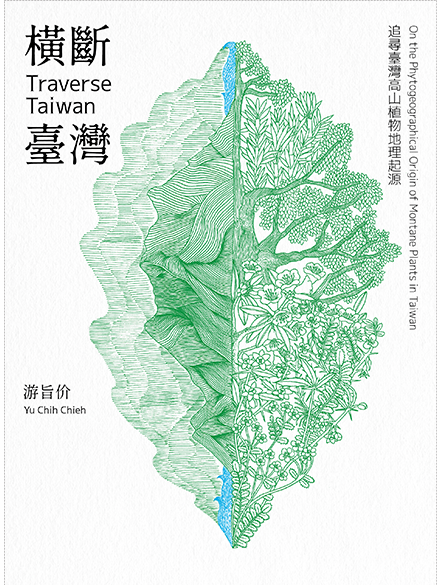* 2024 Golden Tripod Award * 2023 Openbook Award A biogeographic exploration spanning millions of years, this book investigates the origins of Taiwan’s flora and fauna and the island’s incredible biodiversity. Fascinating information is interspersed with insights on the beauty of the natural world.
For two decades, the Hengduan Mountains on the eastern edge of the Pan-Tibetan Plateau have been a hot spot for global diversity research due to what might be the oldest mountain vegetation in the world. Although Taiwan’s mountains formed much later than the Hengduan Mountains, they are home to many of the ancient montane plants from interior East Asia. Because the two places have similar altitudes and latitudes as well as vegetation with a shared biogeographic origin, they represent a “disjunct distribution” that has increasingly gained the attention of the natural science community.
The term “disjunction” means that closely related species of plants and animals appear in far-apart places separated by geographical barriers unsuitable for plant growth or spread. Because climate changes over the course of millions of years created land bridges at various times, however, plants and animals could expand into other areas by different routes. According to the author, these “dynamic” origins and paths of spread are the key to Taiwan’s endemic plants and animals.
In this book, Yu Chih-Chieh shares an account of his field research in Taiwan’s mountains, which is accompanied by his explanatory notes. The reader first learns about plant groups unique to East Asia, such as mountain rhododendrons, oaks, and barberry, then follows the author to the vast mountain regions of the Pan-Tibetan Highlands. There Yu investigates the geographical origins of Taiwan’s montane plants, attempting to clarify the relationships between alpine plant species of the Himalayas, the Hengduan Mountains, and Taiwan.
In chapters featuring information-packed montane plant case studies, Ranges Far and High draws on diverse fields, including geology, climate, fossils, and DNA research, to decode the ancient memories of distant places concealed in Taiwan’s alpine flora, while the author’s photos of ecosystems and mountains give readers additional insight into the plants’ past and present.
